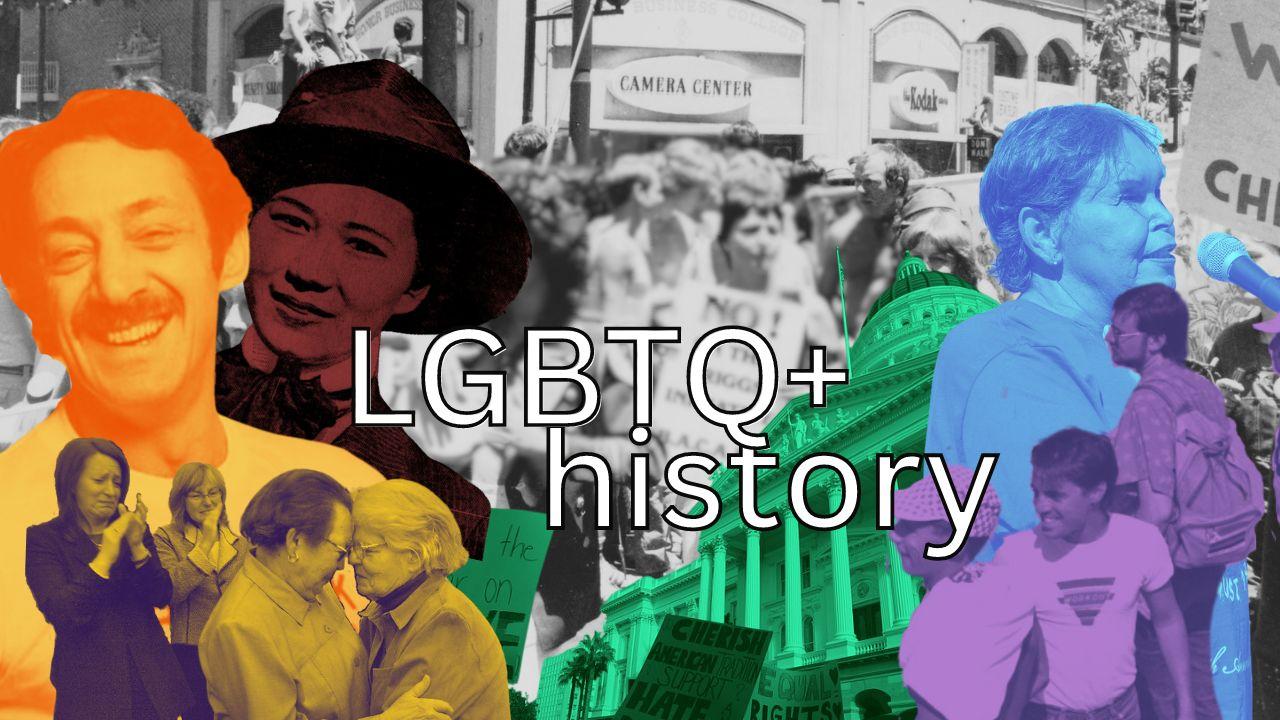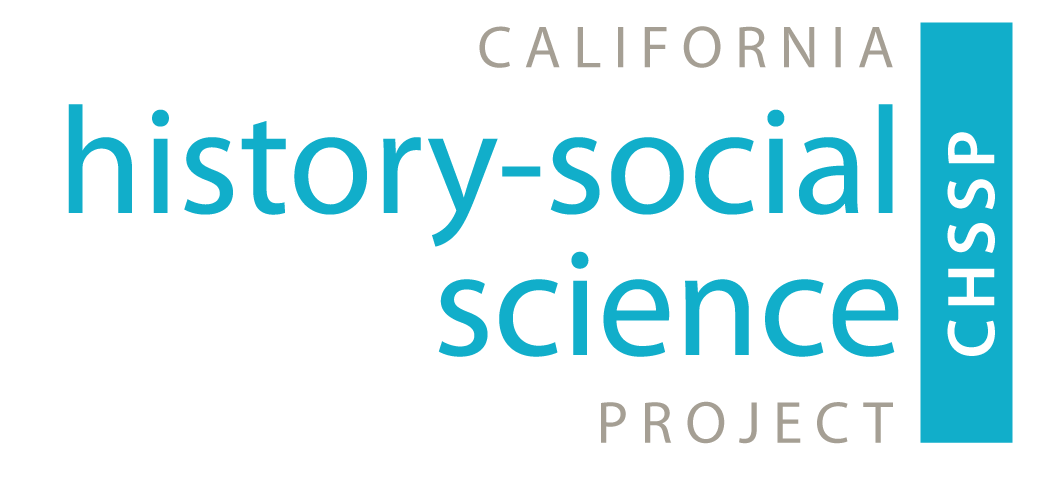
Lessons from LGBTQ+ History

“We have been here before and we have survived.” This popular phrase is once again making its rounds on social media. It is an important reminder of continuity in history. But in teaching history, we often focus much more on oppressive systems while neglecting the stories of people who survived them. This is especially relevant in our present moment of virulent attacks on LGBTQ+ rights. It is an important time to reflect on how we as history educators teach about how past people persisted and resisted during times of intense oppression.
We are presently in the grips of a “Rainbow Panic.” Since the early 2020s, extremist groups have pushed for regulations limiting trans rights, criminalizing drag performances, censoring books, banning pride flags, and restricting the teaching of LGBTQ+ topics in schools. With the re-election of Donald Trump, this moral panic now has a national platform. Trump has issued a slew of Executive Orders targeting the civil rights of trans and queer people, including restricting access to gender affirming care, barring trans people from serving in the military, blocking trans girls and women from competing in sports, and prohibiting schools from supporting trans students and teaching LGBTQ+ topics. The Trump administration is also actively trying to erase trans and queer history. The resulting purge has led to the removal of books from libraries, the deletion of articles from government websites, the cancellation of educational programs, and the defunding of academic research focused on LGBTQ+ topics. On just the National Park Service website alone, the Trump administration has removed or modified over 300 articles in an attempt to erase trans and gender queer people from history.
We have never been here before exactly. But we have seen something similar, and it has important lessons for us.
From the 1940s to the 1960s, in what has since become known as the Lavender Scare, the government sought to identify and oust suspected “homosexuals” from federal employment. Beginning in World War II, the military launched investigations to remove them from its ranks. Following the war, the persecution of LGBTQ+ people intensified and expanded to other branches of the government. In 1950, the Hoey Committee in the US Senate launched an investigation declaring homosexuals national security risks, and three years later, President Dwight D. Eisenhower issued Executive Order 10450 banning them from working for the federal government. The resulting witch hunt led to the firing of thousands of government employees. Its effects reverberated across society, normalizing the persecution of LGBTQ+ people and emboldening state governments, local agencies, and private businesses to adopt similar policies that lasted for decades. To protect themselves and their loved ones, many people were forced “into the closet.”
Yet, even during this oppressive era, LGBTQ+ people and their allies developed a variety of strategies to persist and resist. When it wasn’t safe to be out, they developed their own system of communicating with one another through clothing, coded language, and secret signals. They created their own spaces like Black Cat Cafe and Mona’s 440, in San Francisco. Through periodicals like One Magazine and the Ladder they found connection and community. Trans people like Susanna Valenti created underground networks like Casa Susanna, and Louise Lawrence developed mutual support networks to secure gender affirming care.
LGBTQ+ people also organized to directly oppose government policies. Individuals like Helen James and Frank Kameny, who were fired from government employment, challenged discrimination in the courts. People like Barbara Gittings launched informational campaigns to challenge stereotypes about queer people. Activists formed civil rights organizations like the Mattachine Society and the Daughters of Biltis to advocate for their full inclusion in society. These groups organized pickets in front of government buildings to call public attention to discriminatory federal policies. They protested businesses by staging sit-ins at businesses that refused to serve gay people like Julius' Bar in Greenwich Village in 1966
Fed up with persistent persecution and police violence, LGBTQ+ people fought back at places like Cooper Do-nuts (1961) in Los Angeles, Compton’s Cafeteria (1966) in San Francisco, and the Stonewall Inn (1969) in New York. They came out of the closets and into the streets in public marches like the 1970 Christopher Street Liberation Day. To protect the most marginalized in their community, Sylvia Rivera and Marsha P. Johnson organized collectives such as the Street Transvestites Action Revolutionaries which provided food and housing.
Scholars in the medical and psychiatric professions like Alfred Kinsey and Evelyn Hooker challenged misconceptions about LGBTQ+ people through their research. In 1970, Gay Liberation Front activists disrupted a meeting of mental health professionals to object to stigmatizing diagnoses and treatments. Psychiatrists such as John E. Fryer publicly spoke out at a 1973 professional conference urging the American Psychiatric Association to declassify homosexuality as a mental disorder.
LGBTQ+ educators and history professionals mobilized as well. Educators campaigned against discriminatory laws like the Briggs Initiative (1978) that would have banned gays and lesbians from teaching. They advocated for inclusive curriculum and supportive school environments for LGBTQ+ students. Through all of this, historians and archivists recorded and preserved queer history so it would not disappear.
And today, in the face of yet another wave of intense persecution, educators courageously pass on this history as a reminder of where we have been before and how we have survived.
Learning and teaching this history can be just as important for us as educators as it is for our students. It shows us that we are not alone, and that we too, are historical actors, preserving these stories and fighting against oppression for the benefit of future generations. For these reasons, we encourage you to spend this Pride Month thinking of ways you can incorporate more of the stories and figures discussed above — histories of trans and queer resistance — into your classroom this year.
Wendy L. Rouse is a professor of history and program director of the Social Science Teacher Preparation program at San Jose State University. Her research focuses on the history of women, gender, and sexuality in the United States. She has also recently written about the Trump administration’s censorship of her research on queer history for NYU Press and Out History.
For additional teaching resources, lesson plans, and book recommendations on LGBTQ+ history, check out our June Resource Spotlight: Pride Month.
